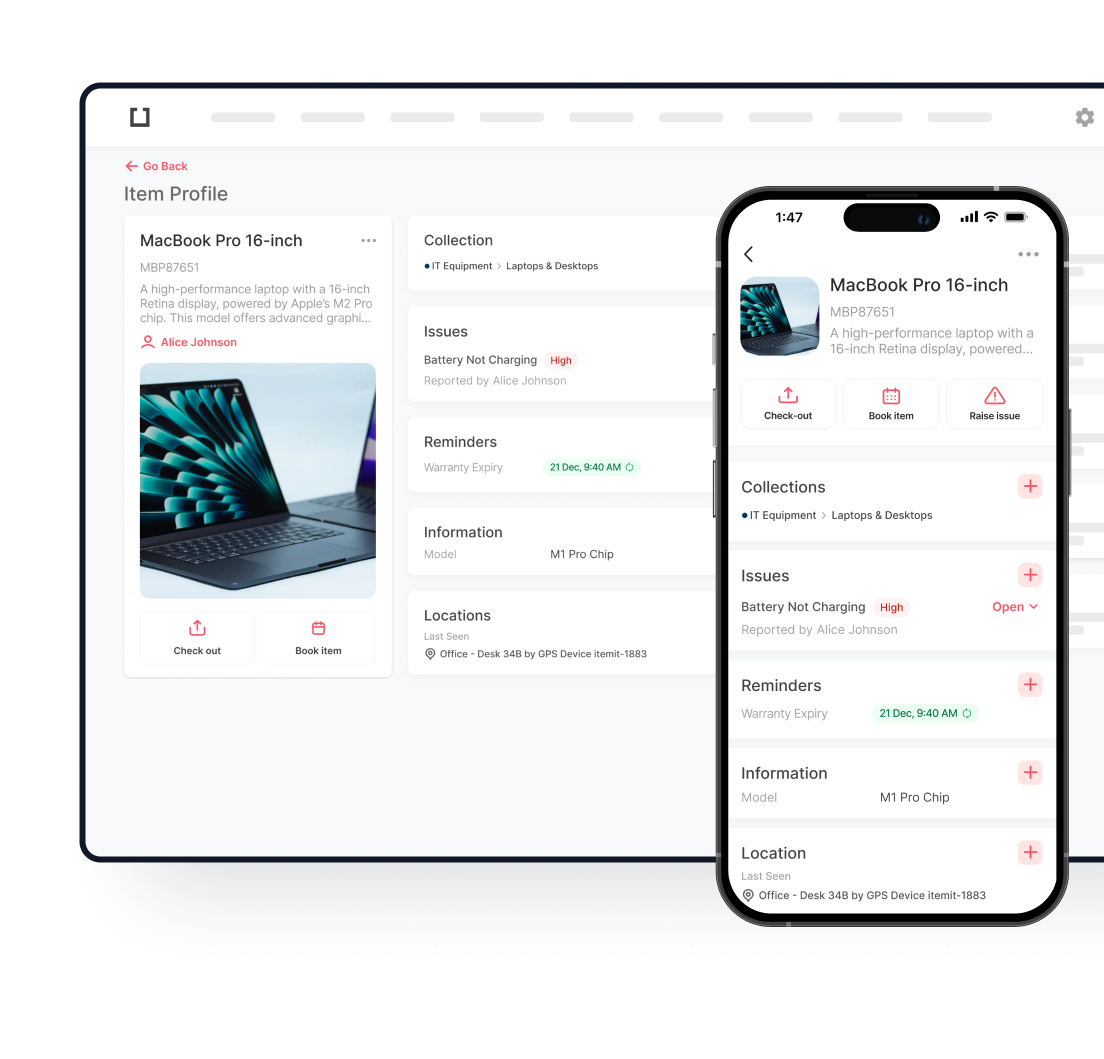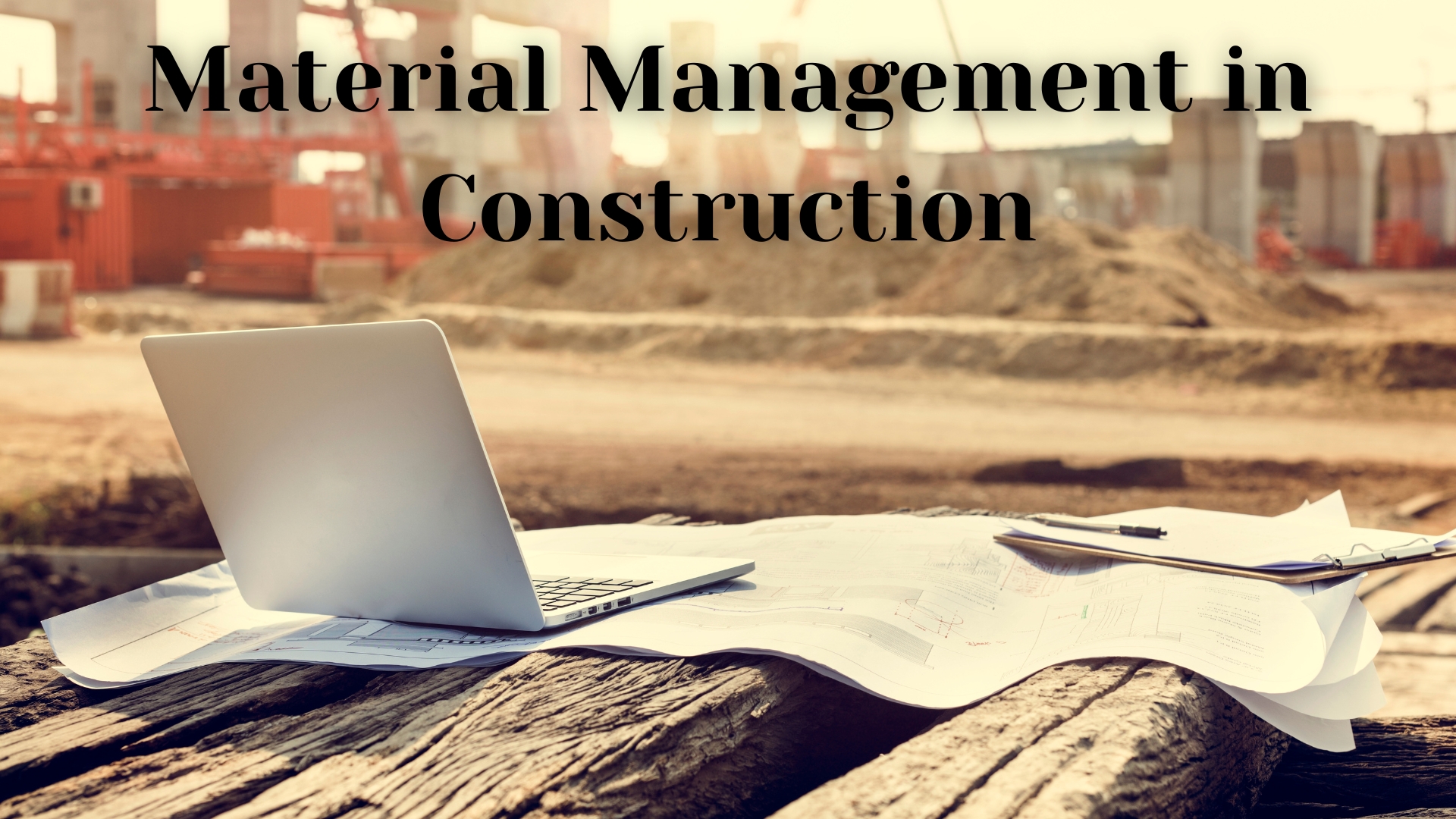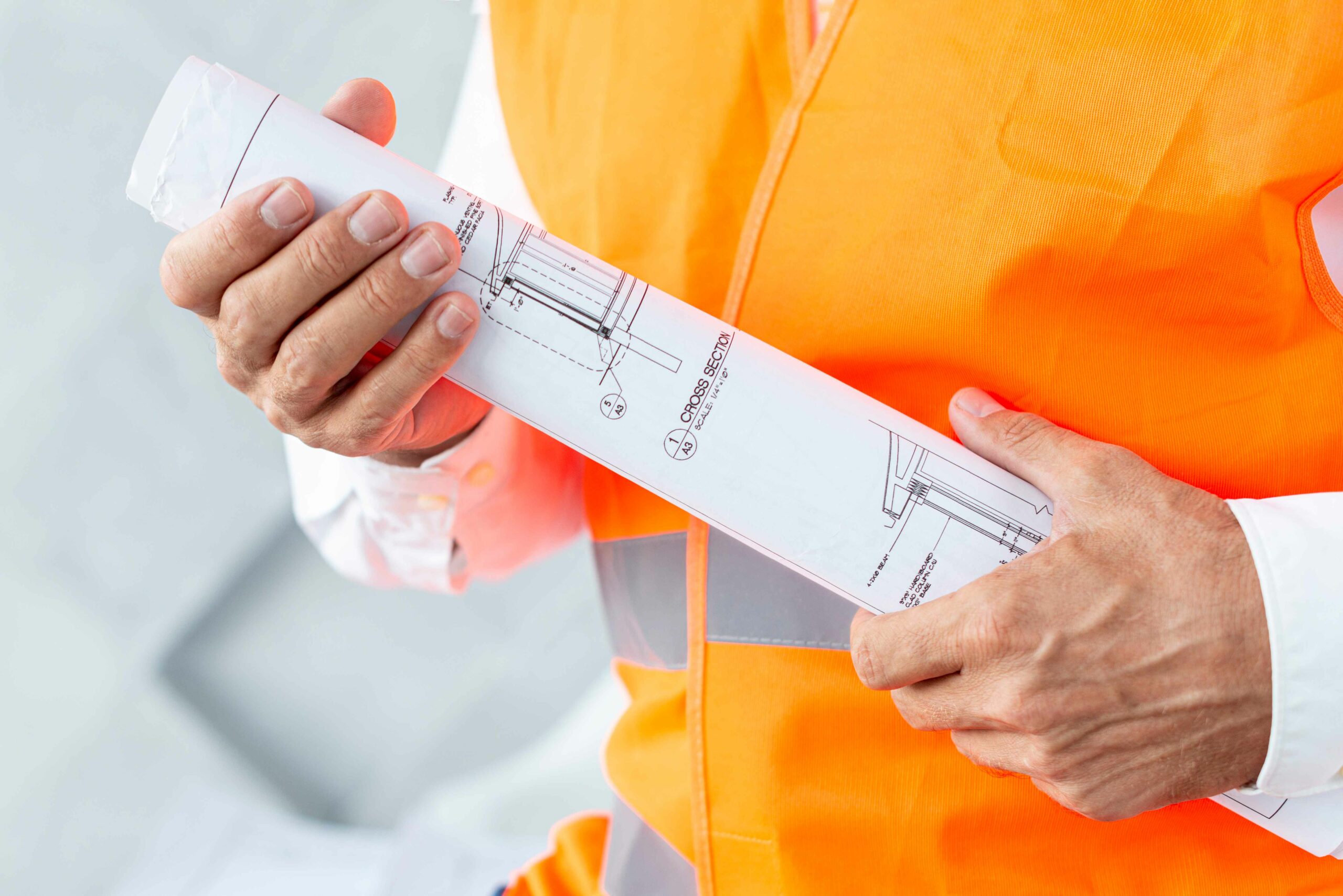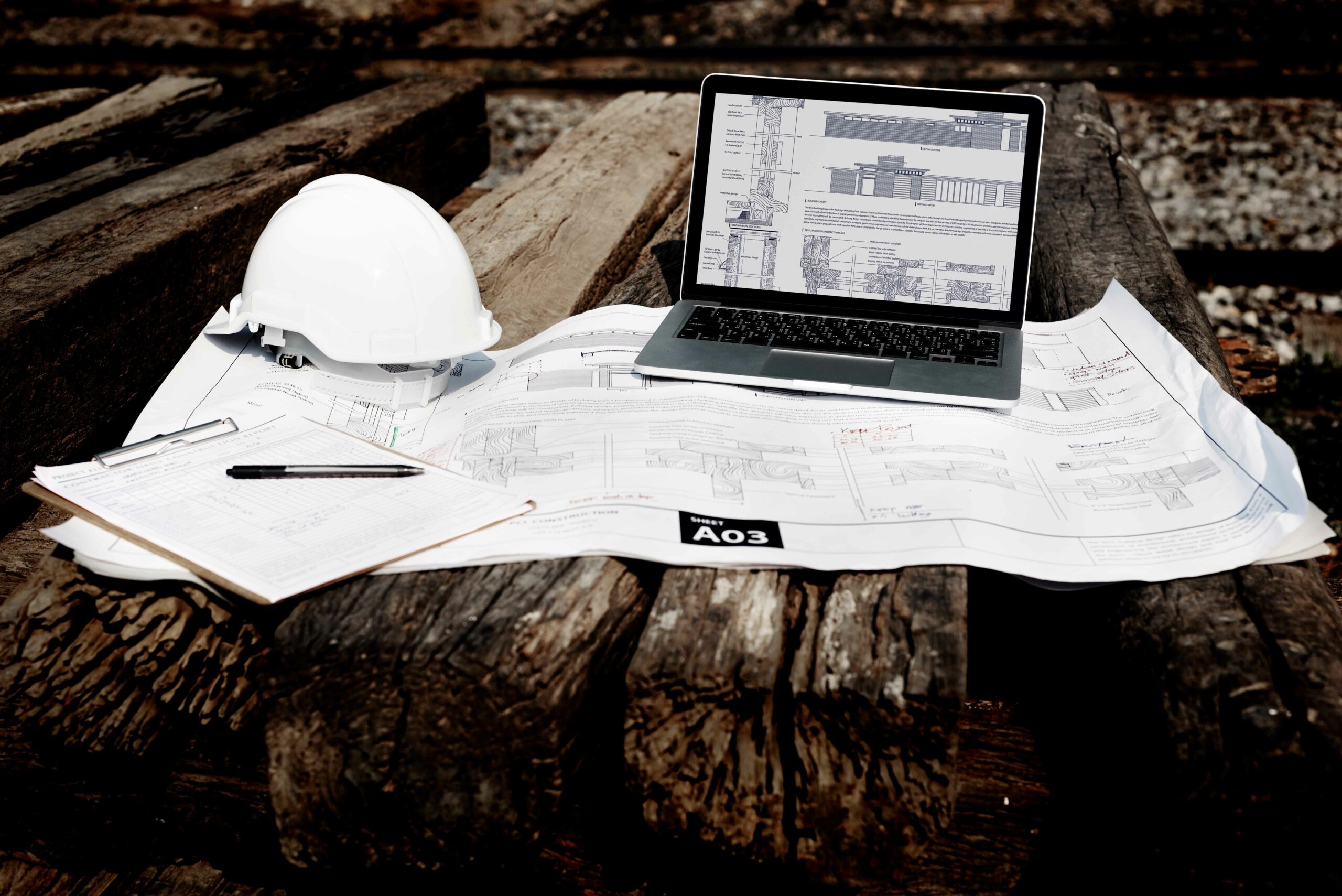
itemit exists to make your life easier. The asset register software is here to help you to build an asset register and track your assets all day, every day. However, not everyone is aware of how to go about building an asset register. This article contains some tips that can help you to build a register so you can track every asset all of the time.
Create An Asset Profile
One of the first things you’ll need to do is to create an asset profile. Simply log into itemit’s menu and get started. As soon as you have created a profile you’ll be able to add multiple details about each asset. This will allow you to have a lot of important information to hand when you need it the most.

Add The Relevant Information
The next stage of the asset register creation process involves adding the relevant information. You can include information such as the asset’s name, serial number, brand, weight, colour, price at purchase, date of purchase, insurance and warranty details, and more. Users can even add a photograph of each asset, should they wish to. There’s also an option to add notes for future reference.
Users can add as much or as little information as they please. The more information there is about each asset, the easier they will be to track. In addition to this, knowing you have easy access to an asset’s insurance details just makes sense. It can save a lot of time and effort if you can simply read the information you need and make a claim.
Users can also communicate with those who also use itemit’s software. For example, you can leave notes for the maintenance team, should an issue arise. Alternatively, you can leave a note so that next time you use the asset you know how to make use of its functions. This is very convenient and just one of the reasons why businesses are signing up to use itemit.
Add a QR or Barcode
As soon as information about each asset has been added, you can add a QR or barcode. It’s these codes that help you to track your asset’s location.
Simply attach a QR or barcode to the asset in question and scan it. Once you have, you can assign the QR or barcode to a particular asset. It’s this that helps you to track the asset in question. In future, should you wish to see where the asset’s located, you can simply search for it in itemit’s menu. As soon as you’ve found the asset in the menu, simply click on it. When you do, you can see the asset’s last-known location.
Attaching a QR or barcode to an asset can be useful in other ways. For example, should you come across an asset and you’re not sure it’s being used, scanning the code can tell you. Information such as the current user (if entered) or the asset’s maintenance history can be readily available. Having all of this information to hand on the asset register can be very helpful. For example, should something go wrong with an asset, users can see the asset’s history and who may have been using it. With this information, users can find out why the asset might not be working and book it in for repairs.
Export Reports
Should you wish to, you can export a report on some or all of your assets. The reports in question can contain as much or as little information as you please. Reports may come in handy when you wish to send your insurance company details of your assets, for example. Alternatively, it may simply be useful to see which assets you have and which are used the most.
Reports do not have to be exported, however. Creating a report is very easy and it can help you to understand your business as a whole. For example, you could see how well your business is performing just by seeing how many assets you have. Alternatively, you could simply use the information to help you to understand the value of your business.
Let itemit Help You To Build An Asset Register
Thanks to the way that itemit’s software works, you too can build an asset register with ease. Our software is uncomplicated and easy to use. With the ability to help you create a register of your assets, you can use the software to your advantage.
Many different businesses all over the globe as choosing itemit. They know the value of building an asset register and being able to access it as and when required. Let us help you to build a register of your assets with ease. Reach out to us today at team@itemit.com. We can help you to make the most of your assets. Alternatively, you could fill in the form below to make a start.

Try itemit
Choose a better way to track your assets. Start your free 14-day trial now!

Construction projects fail most often due to poor planning around materials—not design flaws or worker shortages. Material management in construction determines which projects finish on time and which drain budgets through waste and delays. Mastering this discipline separates profitable contractors from those who constantly firefight supply issues.

Key Takeaways
- Material management in construction separates profitable projects from budget disasters. Success requires coordination across procurement, logistics, storage, and tracking.
- Accurate planning prevents both shortages that halt work and excess inventory that wastes capital. Smart contractors order materials to arrive just when crews need them, minimising storage time and handling costs.
- Supply chain materials management demands relationship-building with reliable suppliers who provide priority service during shortages and problem-solving when issues arise.
- Material control through organised storage, clear documentation, and accountability systems reduces losses from theft, damage, and simple misplacement. These improvements flow directly to bottom-line profitability.
- Technology works best when it responds to specific operational challenges rather than being adopted for its own sake. Choose systems that solve your actual problems, train teams thoroughly, and measure results through relevant metrics.
- Itemit digital tracking systems improve accuracy while reducing labour costs associated with manual inventory management. Real-time visibility into material locations and equipment status prevents the time waste of searching for misplaced items.
What Is Material Management?
Construction projects rely on RFPs when complexity demands more than simple price comparisons. These documents reveal contractor thinking, proposed schedules, safety programs, team qualifications, and problem-solving approaches that help predict project success. A hospital expansion requires different evaluation criteria than a parking lot repaving. RFPs accommodate this nuance.
Legal requirements mandate RFPs for many public sector projects. Government agencies must demonstrate transparent, competitive procurement in construction. Taxpayer dollars deserve documented, defensible selection processes. Private organizations often mirror these practices because they recognize the risk mitigation benefits. Even without legal obligations, smart project owners appreciate the protection RFPs provide.
RFPs help project owners avoid costly surprises through thorough vetting. Does the contractor understand site constraints? Have they managed similar projects? Can they demonstrate financial stability? Do they carry adequate insurance? These questions get answered before contracts are signed, not after problems emerge mid-construction.
The competitive yet fair evaluation process benefits everyone. Contractors compete on merit across multiple dimensions—technical approach, schedule, qualifications, and price. This prevents the "race to the bottom" where unrealistically low bids win despite inadequate capability. Fair competition attracts better contractors who know they won't lose to unqualified bargain bidders cutting corners to win work.
Large-scale projects exceeding $100,000 typically warrant this formal approach. Design-build delivery methods benefit from RFPs since contractors propose both design and construction approaches. Projects requiring specialised equipment tracking systems or sophisticated construction project management also justify the detailed evaluation that RFPs enable.
Procurement in construction has evolved significantly, yet the core principle remains unchanged: match qualified contractors with appropriate projects through structured, transparent processes.
How Does an RFP Differ from RFQ and RFI?
Construction procurement involves several document types, each serving distinct purposes.
An RFP (Request for Proposal) asks contractors to propose comprehensive solutions including methodology, project understanding, team credentials, schedule approach, and pricing. What is a RFP proposal in this context? It's a complete package demonstrating how and why a contractor should be selected. The proposal might span 50 to 200 pages depending on project scale.
An RFQ (Request for Quotation) focuses primarily on price. The scope is already well-defined with detailed specifications, drawings, and material lists. You're asking "What will this cost?" rather than "How would you approach this?" RFQs suit straightforward projects where work is clearly understood.
An RFI (Request for Information) comes earlier in the process. This preliminary document gathers general information about contractor capabilities before committing to a formal RFP. No pricing or detailed proposals required—just background information.
Many organisations employ a staged approach. First, they issue an RFI to identify potential contractors. Next, they narrow the field through an RFQ. Finally, they send the full RFP to a shortlist of three to five qualified firms. This saves everyone effort—unqualified contractors don't waste time on proposals they won't win, and owners don't wade through dozens of inappropriate submissions.

What Components Should Every Construction RFP Include?
A strong RFP document contains specific elements that enable contractors to submit intelligent, comparable proposals. Missing components create confusion, incomparable submissions, and selection difficulties.
Project Overview and Objectives: Explain what you're building, why it matters, and what success looks like. Background information helps contractors understand your priorities. Are you driven by schedule constraints? Budget limits? Quality requirements? Ambiguous scopes doom projects from the start. A community centre RFP might emphasise accessibility and sustainability, while a warehouse renovation focuses on minimal operational disruption.
Technical Specifications: Include architectural drawings, engineering plans, material requirements, and quality standards. Specifications should be thorough yet flexible enough to encourage innovative approaches. For projects involving specialised equipment, explain any requirements for tracking construction tools or managing assets throughout the project lifecycle.
Timeline and Milestones: State your desired completion date, key milestones, and any immovable deadlines driven by external factors like seasonal weather, occupancy requirements, or regulatory dates. Give contractors adequate response time—two weeks minimum for standard projects, four to six weeks for complex work. Rushed proposal deadlines yield rushed, inadequate proposals that serve nobody well.
Budget Parameters: Some RFPs disclose budget ranges, helping contractors tailor solutions to financial reality. Others leave budgets unstated, preferring to see what the market delivers. Both approaches have merit depending on your strategy. Disclosed budgets prevent wasted effort on impractical proposals but might anchor pricing artificially high.
Submission Requirements: Specify exactly what you want and how you want it. Required documents might include insurance certificates, bonding capacity, safety records, references, key personnel resumes, and project schedules. Format expectations matter—are you accepting physical binders, PDF uploads, or both?
Evaluation Criteria: When contractors understand your scoring methodology, they emphasise the right elements. Will price represent 30% of your decision or 60%? How much weight do you assign to experience, safety record, or proposed methodology? Publish your evaluation matrix so contractors can align their proposals with your priorities.
Contractual Terms: Brief but clear information about contract type, payment schedules, change order procedures, and standard terms protects everyone.
Safety and Compliance: Modern contractors using sophisticated asset management systems to track equipment, certifications, and maintenance schedules demonstrate organisational maturity that predicts project success. Safety isn't just about avoiding injuries—it reflects overall operational quality.
What Steps Make Up the RFP Process from Start to Finish?
The journey from RFP concept to signed contract follows eight key phases:
Step 1: Project Definition - Project owners meet with stakeholders to nail down requirements, budget, timeline, and scope.
Step 2: RFP Document Creation - Procurement teams or project managers draft the comprehensive document, which undergoes legal review and stakeholder approval.
Step 3: Contractor Identification and Distribution - The RFP is sent to either pre-qualified contractors or posted publicly for open bidding.
Step 4: Pre-Proposal Conference and Q&A Period - Smart owners hold optional site visits and pre-proposal meetings, documenting all questions and answers in official addendums.
Step 5: Proposal Submission - Contractors submit their proposals by the stated deadline.
Step 6: Evaluation and Scoring - Teams assess proposals against published criteria, documenting scores and justifications. Evaluators particularly examine how contractors demonstrate systematic approaches to resource coordination, including their capacity to track heavy construction equipment and manage complex logistics.
Step 7: Interviews and Final Selection - Top-scoring contractors receive interview invitations to demonstrate team chemistry and clarify proposal elements.
Step 8: Contract Negotiation and Award - Final terms are refined, details are clarified, and once both parties agree, contracts are executed and project kickoff begins.

What Best Practices Lead to Successful RFPs?
Excellence in RFP processes requires attention from both sides.
For Project Owners Creating RFPs:
Clear Communication Beats Perfection - Straightforward language works better than legal jargon overload. Address difficulties upfront, inviting contractors to propose solutions.
Realistic Timelines Matter - Provide adequate response time matched to project complexity. Simple renovations might need two weeks while major infrastructure projects deserve four to six weeks minimum.
Be Specific About Evaluation - Publish your evaluation matrix showing weighted criteria. Transparency improves proposal quality because contractors emphasize elements you actually care about.
Include the Right Details - Balance between too much and too little information. Clear requirements with room for contractor expertise to shine through works best.
Allow Questions and Site Visits - Open communication channels prevent misunderstandings. Document everything and share equally with all bidders.
For Contractors Responding to RFPs:
Read Everything Before Starting - Skimming leads to non-compliant proposals that get rejected immediately. Missing a single mandatory form might disqualify your entire submission.
Answer What's Actually Asked - Address every requirement methodically. Make evaluators' jobs easy by directly answering stated questions in the order asked.
Demonstrate Project Understanding - Reference specific details from the RFP, site conditions, or concerns raised during pre-proposal meetings. Customization signals genuine interest and capability.
Highlight Your Differentiators - Explain what makes your approach better. Demonstrate systematic approaches to rfp in construction project management, including proven methods for managing assets, coordinating teams, and maintaining schedules.
Make Evaluation Easy - Use clear formatting, executive summaries, and logical organization. Professional presentation signals professional project execution.
What Common Mistakes Should You Avoid in the RFP Process?
Even experienced organizations stumble. Learning from common errors saves time, money, and relationships.
Owner Mistakes: Setting unrealistic expectations about timeline or budget attracts desperate contractors, not qualified ones. Vague scope definitions force contractors to guess at requirements. Changing requirements mid-process without proper addendums frustrates contractors. Evaluation criteria that don't match stated priorities erode trust.
Contractor Mistakes: Generic, template-based proposals that don't address project specifics get spotted immediately. Failing to ask clarifying questions during the Q&A period costs opportunities. Underpricing to win bids creates problems for everyone. Poor organization of proposal materials frustrates evaluators. Ignoring submission requirements risks immediate disqualification. Not demonstrating systematic approaches to construction project management including equipment tracking and resource coordination misses opportunities to showcase organizational sophistication.
How Can Technology Improve the RFP Process?
Construction procurement has joined the digital age, bringing efficiencies that were impossible a decade ago.
Digital Platforms streamline distribution, track downloads, manage questions, and organize submissions. Version confusion evaporates when everyone accesses the same cloud-hosted document. Addendums get distributed automatically rather than relying on email chains that might miss someone. Contractors can download documents 24/7 without waiting for business hours or physical mail delivery.
Collaboration Tools ensure stakeholders see the latest RFP versions during drafting. Internal teams can comment, suggest edits, and track changes without creating version conflicts. During evaluation, these tools let scoring committees share assessments efficiently and discuss proposals in real-time, even when team members work remotely.
Evaluation Software reduces bias and documents decision-making processes thoroughly, protecting against challenges and improving decision quality. Each evaluator completes standardized forms scoring defined criteria. Software aggregates results, identifies outlier scores requiring discussion, and generates reports justifying final selections.
Asset Management Systems help contractors gain competitive advantages during evaluation. Project owners recognize that organized resource management correlates with on-time, on-budget delivery. Contractors who can show systems for monitoring equipment location, maintenance schedules, and utilization rates signal operational maturity that predicts project success. These same systems that help win bids also support delivery throughout actual construction.
For construction project management overall, integrated platforms connecting procurement, scheduling, equipment tracking, and team communication create visibility that manual methods can't match. The data these systems generate helps contractors learn from each project, continuously improving their operations and proposal quality.
Next Steps
RFPs serve as the foundation for successful construction partnerships by establishing clear expectations before significant commitments are made. Success comes from clear communication, thorough documentation, and systematic approaches to construction project management that extend from initial procurement through final delivery.
The procurement in construction landscape continues evolving with technology making processes more efficient while maintaining transparency and fairness. Whether you're issuing or responding to RFPs, the principles remain constant: understand requirements deeply, communicate clearly, demonstrate capability convincingly, and evaluate fairly. The contractors who win competitive RFPs often share one trait—they've invested in systems and processes that enable consistent performance, showing organizational discipline in their proposals and delivering results on job sites.

Try itemit
Choose a better way to track your assets. Start your free 14-day trial now!
Keep Learning
itemit Blog
Tips, guides, industry best practices, and news.
How Can A Fixed Asset Register Be Beneficial To Your Business?
A fixed asset register can provide several benefits and help your business thrive. This article will discuss the benefits of a fixed asset register at length.
How A Fixed Asset Register Transforms Your Business
A well-kept fixed asset register has the potential to completely transform your business. Read this blog post to learn how it helps you do that.
How to Use a School Fixed Asset Register
Managing a school is no easy task – no, we’re not talking about the students! Use a school fixed asset register and make all your asset-related worries disappear!



